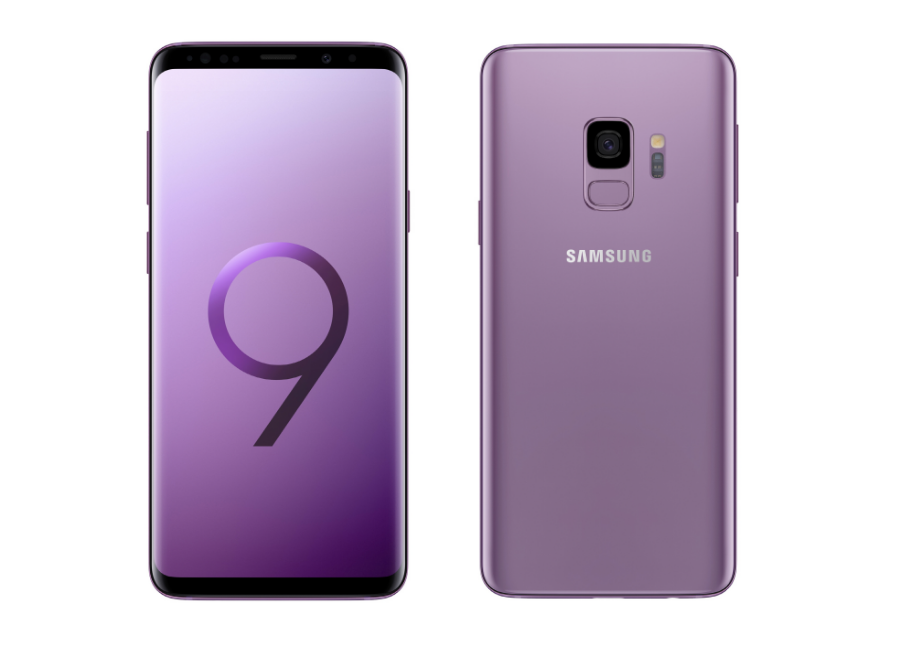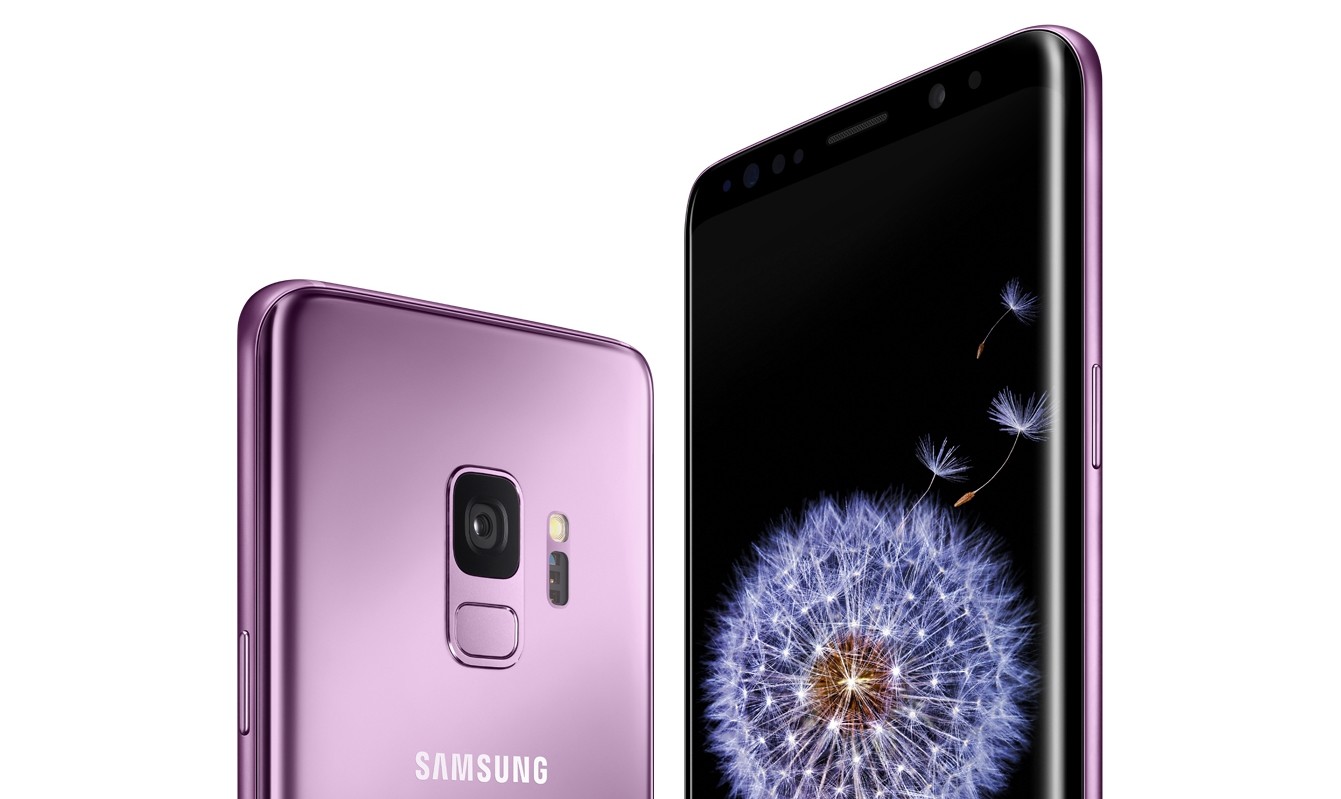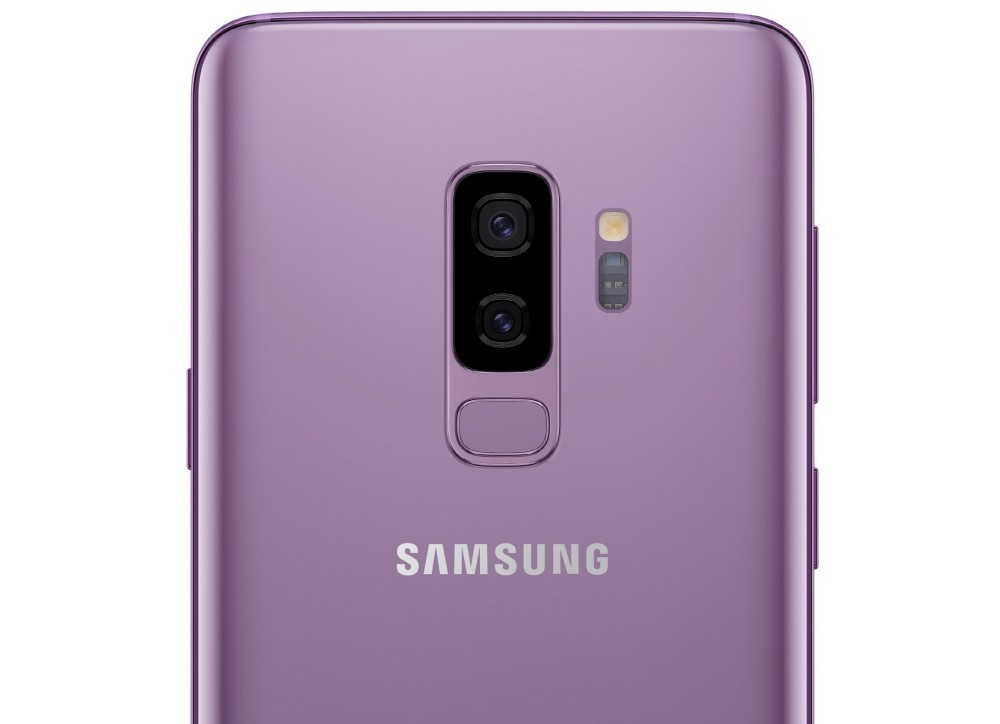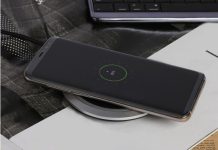Samsung was called to be the great protagonist of this Mobile World Congress 2018 after his absence last year, and after much waiting and rumors, they have finally officially presented two of the most anticipated mobile phones of the year. These are the Samsung Galaxy S9 and S9+, the two new flagships with which it intends to maintain its leadership in Android.
We are facing two devices that maintain the same design lines as the previous generation, although improving some aspects such as photography. The new cameras with variable aperture are one of the main assets of a mobile that is also taking its first steps in augmented reality and finally receiving stereo speakers.
Samsung Galaxy S9 and S9+, first impressions on video
Technical sheet of the Samsung Galaxy S9 and S9+
But before talking about all its news, we will start by stopping to review the technical sheet of the Galaxy S9 and S9+ with all the specifications of the two new Samsung flagships. As you can see, these two phones are called to lead the high-end Android range this year.
|
SAMSUNG GALAXY S9 |
SAMSUNG GALAXY S9+ |
|
|---|---|---|
|
DIMENSIONS |
147.7 x 68.7 x 8.5mm |
158 x 73.8 x 8.5mm |
|
WEIGHT |
163g |
189g |
|
SCREEN |
5.8-inch Super AMOLED (529ppi) |
6.2-inch Super AMOLED |
|
PROCESSOR |
Samsung Exynos 9810, 10nm, 64-bit, octa-core |
Samsung Exynos 9810, 10nm, 64-bit, octa-core |
|
RAM |
4GB |
6GB |
|
ABILITY |
64/128/256GB |
64/128/256GB |
|
SOFTWARE |
Android Oreo |
Android Oreo |
|
REAR CAMERA |
12 MP, Dual Pixel AF, OIS, variable aperture f/1.5-2.4 |
Dual camera |
|
FRONTAL CAMERA |
8MP, AF, f/1.7 |
8MP, AF, f/1.7 |
|
CONNECTIVITY |
LTE, WiFi 802.11 a/b/g/n/ac (2.4/5 GHz), VHT80 Mu-MIMO, Bluetooth 5.0, ANT+, NFC, GPS, USB-C, 3.5 mm minijack |
LTE, WiFi 802.11 a/b/g/n/ac (2.4/5 GHz), VHT80 Mu-MIMO, Bluetooth 5.0, ANT+, NFC, GPS, USB-C, 3.5 mm minijack |
|
SECURITY |
Rear fingerprint reader, Intelligent Scan (iris reader + facial recognition), Samsung Knox 3.1 |
Rear fingerprint reader, Intelligent Scan (iris reader + facial recognition), Samsung Knox 3.1 |
|
ADDITIONAL FEATURES |
AR emojis, Bixby Vision, IP68 water resistance, AKG stereo speakers, Dolby Atmos, Samsung DeX |
AR emojis, Bixby Vision, IP68 water resistance, AKG stereo speakers, Dolby Atmos, Samsung DeX |
|
BATTERY |
3,000mAh |
3,500mAh |
|
PRICE |
From 849 euros |
From €949 |
As you can see, Samsung’s new devices come equipped with 5.8-inch and 6.2-inch Super AMOLED screens with an 18.5:9 ratio and QHD+ resolutions. In them, the Galaxy S9 offers a density of 529 ppi, while its older brother ups the ante at 570 ppi, all with a screen that, when turned off, gives the sensation of having no frames completely and covering the entire front.
Inside, it beats a 10 nm Samsung Exynos 9810 processor and eight cores at 64 bits, which is accompanied by 4 gigabytes of RAM in the S9 and 6 GB in the S9 +. As for internal storage, both devices will have 64, 128, and 256 GB configurations, including a microSD slot to add up to another 400 GB extra.
The main difference between the two devices is, in addition to their size, their cameras. Those wanting a Galaxy S9 must “make do” with a 12-megapixel rear camera with f/1.5-2.4 variable aperture. In contrast, the Galaxy S9+ will have a second 12-megapixel telephoto camera with an f2.4 AF sensor. As for its front camera, both have an 8-megapixel f/1.7 sensor.
Another difference is in the batteries, with configurations of 3,000 and 3,500 mAh for the Galaxy S9 and S9+, respectively. But beyond that, in both mobiles, we find features such as the rear fingerprint reader, an Intelligent Scan made up of an iris reader and facial recognition, and the Samsung Knox 3.1 security suite.
Mobiles also share extras like the new AR Emojis, Bixby Vision, and the Samsung DeX convergence system. They also have IP 68 water resistance and stereo speakers calibrated by AKG, with a 3.5-mm minijack slot, USB Type-C, and the rest of the usual connectivity features such as Bluetooth 5.0, LTE, WiFi, and NFC.
Continuous design improves what is seen in the S8

The Galaxy S9 repeats the same play as the Galaxy S7 with its design, maintaining and perfecting the lines established by the previous generation. This means that its appearance is practically the same: a metal structure, a glass back, curved edges, and a practically frameless front.
It also maintains the same screen sizes for both devices, with a Galaxy S9 that takes advantage of the reduced frames to reach 5.8 inches and an S9+ that goes up to 6.2. In both cases, we have the Super AMOLED panels they have been using for a few generations, QHD+ resolution, and the same 18.5:9 format we saw in the Galaxy S8.
One of the most anticipated and appreciated aesthetic changes is that of the fingerprint reader. Last year, Samsung put it on one side of the rear camera, causing many users to complain about touching and dirtying it every time they wanted to unlock the device. This year Samsung has learned its lesson by placing it below the camera so there is less chance of touching the glass. We will have to test it thoroughly in our analysis to see if this change in position is enough.
The other big change is in the sound. It seems incredible, but the Galaxy S9 is the first in the range to have stereo speakers, which will be calibrated by AKG, and include Dolby Atmos technology, with which they promise us 360-degree surround sound. It will be interesting to see if Samsung improves the results of our latest mobile sound comparison with these changes.
The new Galaxy S9 also includes the processor update to which we are accustomed every year, launching the new Exynos 9810, which, according to Koreans, doubles the performance of each core compared to the previous generation and increases its performance by up to 40%. Multicore performance. The operating system is also updated since they will use Android 8.0 Oreo.
This new processor will be accompanied by 4 GB of RAM in the case of the Galaxy S9, with an S9+ that goes up to 6 GB of RAM. Together, these two features should offer more than enough performance to move the most demanding applications and games on the market, and they win integers to improve the performance in the desktop mode of Samsung DeX. We must test it thoroughly to see how noticeable these updates are.
Both devices will also have internal storage configurations of up to 256 gigabytes for the first time. However, if these are too small for you, you can use microSD to expand them by up to another 400 gigabytes.
As in the previous generation, there are no changes in the batteries, which repeat the same 3,000 and 3,5000 mAh configurations for the S9 and S9+, respectively, with fast cable charging compatible with QC 2.0. Predicting to what extent software updates and the new processor will improve the autonomy of the previous generation is difficult, so we will have to wait and see in our analysis.
The camera, the great protagonist

In the days before the Mobile World Congress, Samsung had already been in charge of warming up the engines, ensuring that there would be big changes in the photographic section of its new mobile phones, and that’s how it has been. Both phones have as their main novelty a variable aperture camera f/1.5-2.4.
On paper, this variable aperture will allow you to adjust the amount of light entering the sensor depending on external conditions. For example, the f/2.4 aperture will be used in daytime scenes and with a lot of light, while when there is low light, it can be delegated to an f/1.5 aperture.
According to Samsung, the Super Speed Dual Pixel sensor in these cameras also has a dedicated processor and memory, with which you can combine up to 12 shots into a single image to produce top-quality photos. We’re looking forward to testing this in our review to see what these new sensors are capable of.
In the case of the Galaxy S9, this is all. Still, the S9+ also includes a second f/2.4 sensor, also 12 megapixels, with optical stabilization on both sensors, which will allow background blur or bokeh effect, as well as optical zoom. In both cases, we will find a single 8-megapixel AF and f/1.7 camera on the front.

If you love super slow motion, Samsung has caught up with other manufacturers like Sony by allowing you to record videos at 960 frames per second. It also includes automatic motion detection to start recording when it detects movement in the frame. And once your super slow-motion video is shot, Samsung’s editor lets you choose 35 different background music options or add songs to give it all the drama you want.
Last year, Apple made a lot of noise with its Animojis, and Samsung has jumped on the bandwagon with what they have called AR Emojis. However, they are not the same. Those from Samsugn use an algorithm to draw a 3D model of our face, which we can use by imitating our expressions, but also with a series of preconfigured stickers with them.
The latest innovation powered by this camera is implemented in Samsung’s virtual assistant, and it’s called Bixby Vision. With this function, the assistant will instantly translate texts that we are pointing at with the camera as Google Translate already does, and it will also give us information on places of interest or tell us the calories of food we are pointing at. The assistant, by the way, repeats the role with a dedicated button.
Finally, the new Galaxy S9 and S9+ will implement the latest version of Samsung’s security suite, Knox 3.1. With it, we will have three biometric authentication options, the iris scanner, fingerprints, and facial recognition. We also find Intelligent Scan, a new method that combines the iris sensor and facial recognition when identifying ourselves. We will have to try it separately to see how much it improves the previous two.
Versions and prices of the Galaxy S9 and S9+
The new Galaxy S9 and S9+ will come in four different colors. On the one hand, we will have Midnight Black or black, Titanium Gray or gray, and Coral Blue or blue. A new purple color is also incorporated, which they have named Lilac Purple.
As for the price, the new Galaxy S9 will have a starting price of 849 euros, and the Galaxy S9+ will go up to 949 euros. You can already reserve them in several stores, with delivery dates between the 8th and the 16th of March.

Sharlene Meriel is an avid gamer with a knack for technology. He has been writing about the latest technologies for the past 5 years. His contribution in technology journalism has been noteworthy. He is also a day trader with interest in the Forex market.










